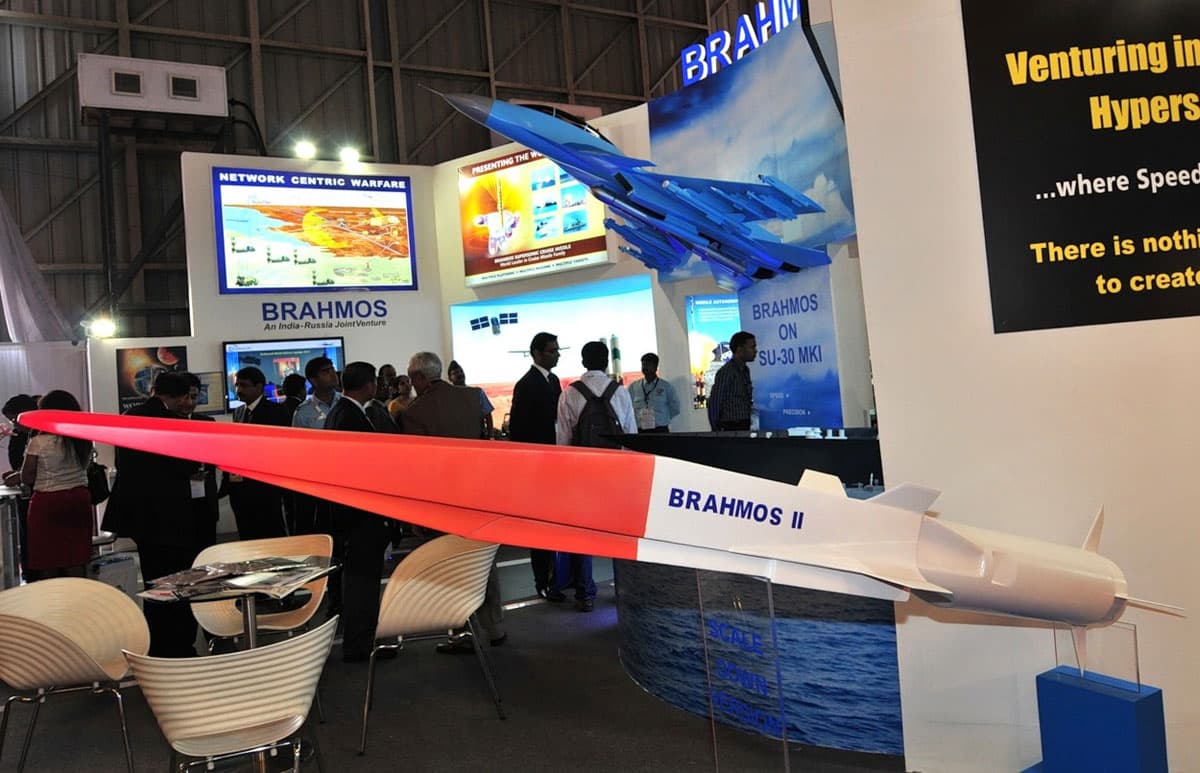SOURCE: RAUNAK KUNDE / NEWS BEAT / IDRW.ORG


The hypersonic future of the BrahMos cruise missile system faces a hurdle as India’s BrahMos Corporation and Russia grapple with technical and financial hurdles in developing the BrahMos-2 variant. Talks between India and Russia on BrahMos-2 appear to have stalled. Russia’s hesitance to fully commit to the project is a primary concern. Discussions have reportedly hit roadblocks on several issues, jeopardizing the hypersonic ambitions of the BrahMos program.
The BrahMos-2 was originally envisioned as a hypersonic adaptation of the Russian Zircon cruise missile. However, to address potential export control concerns, the BrahMos-2’s speed was reportedly capped at Mach 6, compared to Zircon’s Mach 8 capability.
The core of the disagreement lies in the scramjet engine technology that would power the BrahMos-2. Russia’s reluctance to share the Transfer of Technology (ToT) for this critical component is a significant roadblock.
Russia’s concerns extend beyond technology sharing. Their demands for a higher price tag due to the advanced nature of the scramjet engine could potentially double the cost per unit compared to the current BrahMos missile.
The BrahMos-2, designed as a manoeuvrable anti-ship hypersonic cruise missile with a range of 500-1000 kilometres, promised a significant leap in India’s maritime defence capabilities. However, the current impasse casts doubt on the project’s timeline and ultimate success.
The future of BrahMos-2 hinges on India and Russia’s ability to bridge the technical and financial gaps. Whether they can reach an agreement or if India needs to explore alternative hypersonic technologies remains to be seen.
NOTE : Article cannot be reproduced without written permission of idrw.org in any form even for YouTube Videos to avoid Copy right strikes. Websites doing illegal reproductions will get DMCA and Legal Notices.